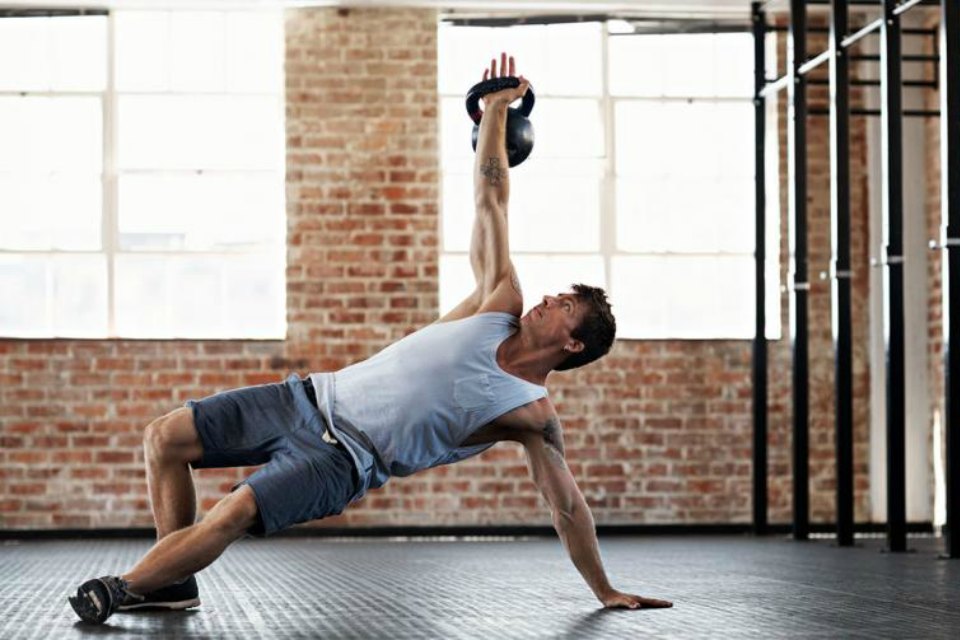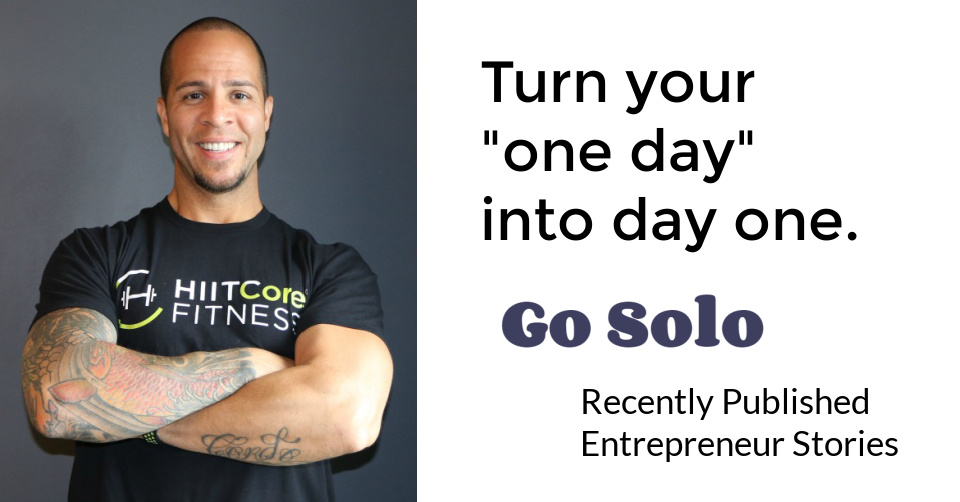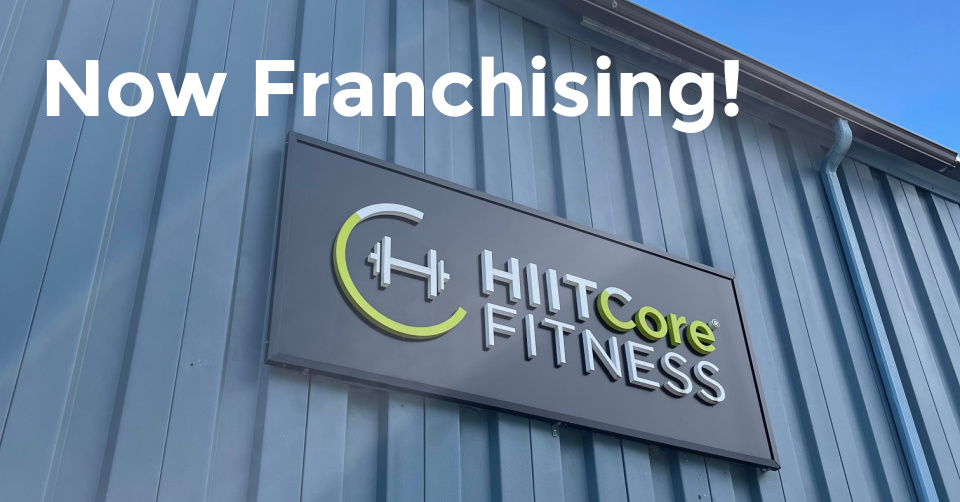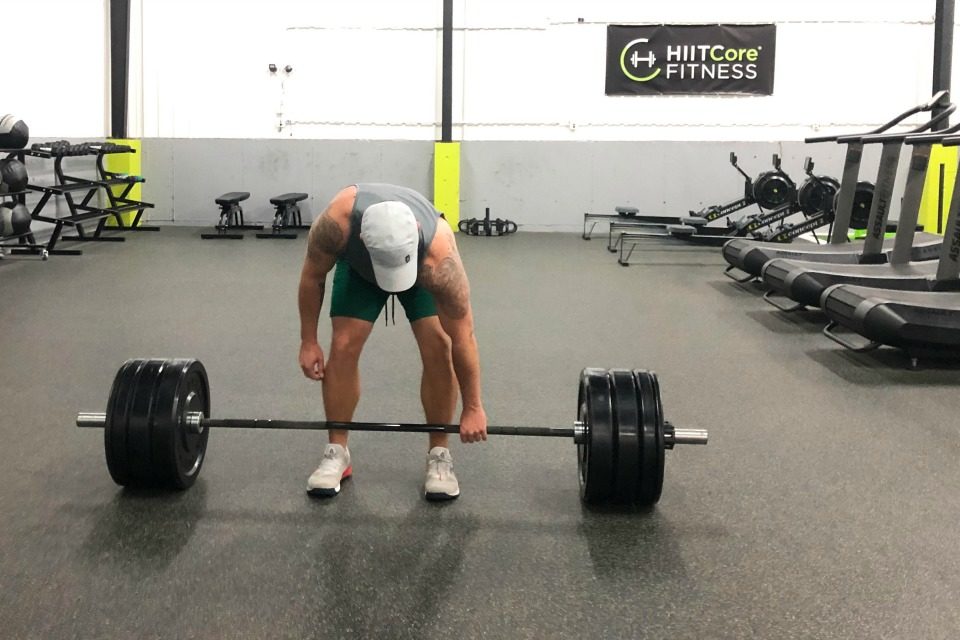- HIITCore Fitness | Braintree & Burlington, MA
- (781) 780-5577
- info@hiitcorefitness.com

Building a Strong Core
By Alyssa Mazzella, B.S., CPT
Having a solid foundation in all forms, is the basis to perfecting any exercise. However, that solid foundation must first begin with having a strong core. When most people hear of “core exercises” they assume either planks or crunches, but there is so much more to the abdomen, back and pelvis than just two exercises. Perfecting a strong core begins with training all three different sections of resistance; anti-rotation, anti-extension, and anti-lateral flexion. Knowledge is power; understanding what the “core” is made up of and how to actively and correctly train your core, are the first steps to improving overall body fitness and healthy.
Major Abs Muscle Groups
There are 4 different muscle groups that make up what we call our “abs”. There are two types of obliques; external, which is the most superficial (outermost) of the two, and internal, which is located beneath the external oblique. The external oblique muscles run from the bottom half of the ribs to the pelvis. The internal oblique muscles run along the lower back and outer edge of the pelvis and ends at the lower-front of the pelvis and the rectus sheath (a fibrous tissue that covers the abdominal muscles). The Rectus abdominis muscles, or better known as the infamous “six-pack” abs, originate at the crest of the pubis and inserts at the costal cartilage of ribs 5-7 and the xiphoid process of the sternum. The Transverse abdominis originate at the iliac crest, inguinal ligament, thoracolumbar fascia, and costal cartilages 7-12, and insert at the xiphoid process, linea alba, pubic crest, and the pectin pubis via the conjoint tendon.
External Obliques
The external obliques are responsible for increasing intra-abdominal pressure (which helps us stabilize for lifting heavier without getting injuries), flexes (forward bends) the torso, side bends the torso to the same side, and rotates the torso to the opposite side.
Internal Obliques
The internal obliques muscle provides support to the abdominal wall, is an opposing muscle to the diaphragm and assists in forced expiration, increases abdominal pressure, as well as flexes and rotates the torso to the same side. The rectus abdominis muscles flex the lumbar spine and the Transverse abdominis is the deepest of all the abdominal muscles so it helps protect the internal organs and also increases abdominal pressure.
The take away from that: rectus abdominus is trunk flexion/bending (crunch/ sit-up comes), the transverse abdominis is the deepest of the muscles so its main purpose is for spinal stabilization and keeping us upright and strong, and our obliques rotate and side bend the trunk as well as aid in spinal stabilization.
Anti-Rotation
Since each section of the core needs to be actively trained, various exercises in multiple planes are necessary. Anti-rotation is the ability of the core to resist twisting. Anti-rotation exercises can be performed by training muscles one side at a time, while keeping the body as stationary as possible.
- Single arm DB Press
- TRX chest press
- Single arm DB, KB, Ring, Suspension Trainer Row
- Landmine press
- Lifting an arm
- Sandbag Pull Through
Anti-Extension
Anti-extension is the ability of the core muscles to resist the extension of the spine. Anti-extension exercises require the individual to resist the core/lower back (Lumbar spine) from arching or overextending backwards.
- Deadbugs
- Barbell, wheel, Suspension Trainer Rollouts
- Plank
- Swiss ball Saws
- Glider Saws
Anti-Lateral Flexion
Anti-Lateral Flexion is the ability of the core muscles to resist a sideways bend. Anti-Lateral Flexion exercises can be performed by an individual by stabilizing their spine to hold a perfectly vertical (upright) /horizontal posture (depending on the exercise chosen).
- KB, DB Suitcase Carries
- Single Arm Overhead Press
- One Sided Step Ups
- Side Plank
- DB
- KB Suitcase Squats
- Palloff Press/Hold (overhead/in line)
All of these exercises can be performed individually or can be combined to form a more complex exercise that challenges core stabilization in multiple planes. It is important in every exercise routine to incorporate all three main types of core exercises and not just focus on spinal flexion.
Conclusion
Knowing what exercises to do is just as important as knowing how to actively engage/ turn on your core. Every exercise performed utilizes the core muscles in some way, depending on how much stability is required during the exercise, will determine how much the core is being used.
A few steps I tell my clients in order to have them properly activate their core are as follows:
- To initially find out how to tighten their abs, I have my clients stand upright and breathe from their stomach normally. After a few regular breaths, I’ll have them take one deeper breath in and then forcefully push the air out. That tension that is felt in the abdomen as the air is being forced out, is that same tension that should be felt when “engaging” the core muscles.
- Once they can figure out what that core engagement should feel like, I’ll have them lie on the ground flat on their back (legs can be bent or straight- bent will tilt the lower back down). Naturally, most individuals lower back will be elevated. In order to “engage” their core, I’ll have then attempt to find that similar tension from that initial forceful breath out and have them forcefully push and hold their lower back into the ground. This is called pelvic tilting. Another que I tell individuals, is “try to pull your belly button all the way in so it’s touching your back”. This should almost feel like a crunch, without the lifting of the shoulder blades.
- That final step to engaging their core will be to squeeze their glutes (aka tighten their butt). I tell people to focus on squeezing their butt cheeks together so tight that if there was a million-dollar lottery ticket in-between them, I wouldn’t be able to pull it out.
- Once an individual is capable of creating tension in their core and glutes, I’ll have them stand up and alternate between a relaxed stance and pelvic tilting forward to engage their core.
- Make sure to find and hold that tension in your core as you perform all of your exercises! Example: when performing squats, lunges, deadlifts etc, this tension in the core will provide the torso with a stiffer, more rigid spine and will allow an individual to squat, lunge, or hinge without tilting forward.
The core tension gives a person the ability to remain upright during exercise and everyday activities. Building a strong core will increase performance and help support a stiffer more stable spine resulting in stronger lifts and less injuries.
Please don’t hesitate to contact us at info@hiitcorefitness.com if you have any questions or need guidance.



